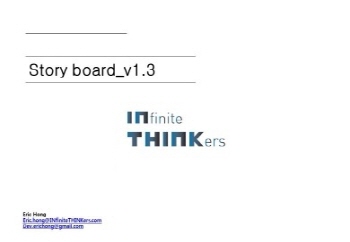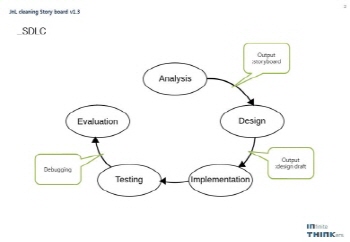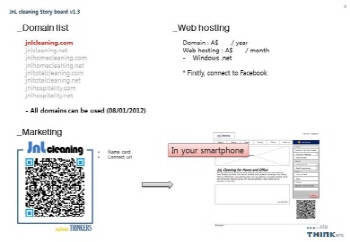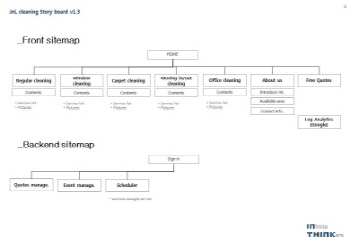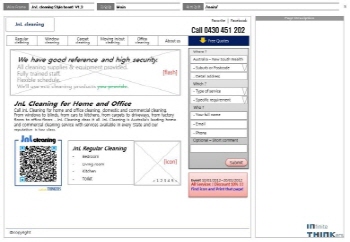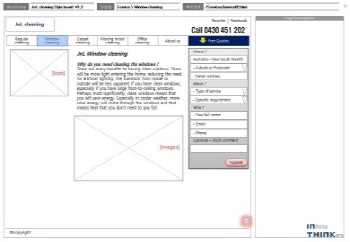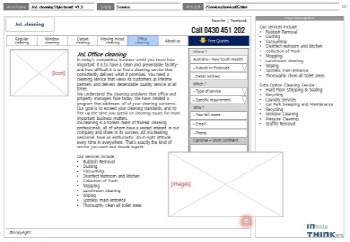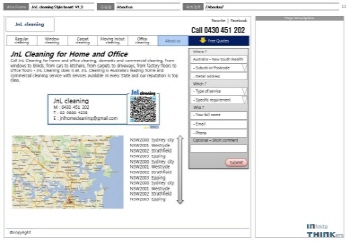Our Skills
- ASP.net MVC
- JSP
- PHP
- AJAX
- JQuery
- SEO
- .net C#
- Powerbiulder
- Delphi
- Visual basic
- MS SQL
- LINQ
- ORACLE
- My SQL
- Access
Search-Engine Optimization
 검색엔진 최적화(SEO)는 ‘Search Engine Optimization’ 또는 ‘Search Engine Optimizer’의 약자로, 검색엔진에서 검색이 잘 되게 하는 방법입니다.
검색엔진 최적화(SEO)는 ‘Search Engine Optimization’ 또는 ‘Search Engine Optimizer’의 약자로, 검색엔진에서 검색이 잘 되게 하는 방법입니다.
기본적으로 사람들이 자료나 제품을 검색할 때 가장 먼저 하는 행동이 뭘까. 바로 구글, 네이버 등의 검색엔진에서 검색합니다.
웹사이트의 내용이 사람들에게 보여지려면 검색이 잘 되도록 만드는 것이 중요합니다.
검색 결과 뒷단에서는 더 복잡한 일이 일어납니다. 검색 사이트가 입력된 키워드를 검색엔진에 알려주면, 검색엔진은 이미 수집돼 있는 정보를 알고리즘에 맞춰 검색 결과에 반영하고 정보 순위를 매기거나 적절한 정보를 우선적으로 표시합니다.
이 과정에 검색엔진을 항상 업데이트 해주는 ‘검색 로봇’이 있는데, 이 로봇은 매일 사이트를 돌아다니면서 새로운 정보와 삭제된 정보를 파악하고 끊임없이 변화되는 가치있는 정보를 수집합니다.
대부분 웹사이트의 목적은 ‘홍보’ 입니다. 홍보가 잘 되게 하려면 검색 순위에 잘 나타나게 하기 위해 알고리즘을 잘 분석한 검색엔진 최적화가 꼭 필요한 것입니다.
Systems (or Software) Development Life Cycle
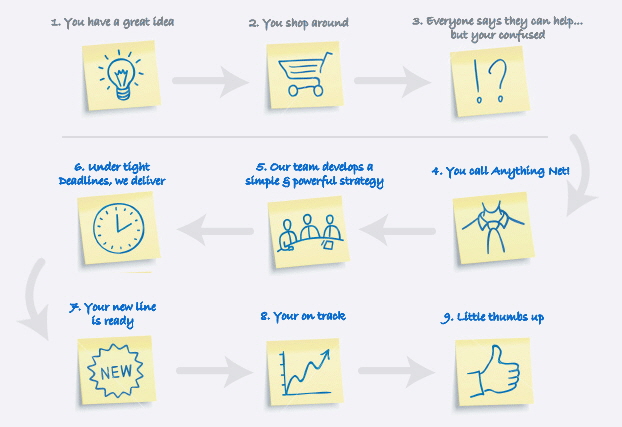 The Systems development life cycle (SDLC), or Software development life cycle in systems engineering, information systems and software engineering, is a process of creating or altering information systems, and the models and methodologies that people use to develop these systems. In software engineering the SDLC concept underpins many kinds of software development methodologies. These methodologies form the framework for planning and controlling the creation of an information system. The SDLC is a process used by a systems analyst to develop an information system, including requirements, validation, training, and user (stakeholder) ownership. Any SDLC should result in a high quality system that meets or exceeds customer expectations, reaches completion within time and cost estimates, works effectively and efficiently in the current and planned Information Technology infrastructure, and is inexpensive to maintain and cost-effective to enhance. Computer systems are complex and often (especially with the recent rise of service-oriented architecture) link multiple traditional systems potentially supplied by different software vendors. To manage this level of complexity, a number of SDLC models or methodologies have been created, such as "waterfall"; "spiral"; "Agile software development"; "rapid prototyping"; "incremental"; and "synchronize and stabilize".
The Systems development life cycle (SDLC), or Software development life cycle in systems engineering, information systems and software engineering, is a process of creating or altering information systems, and the models and methodologies that people use to develop these systems. In software engineering the SDLC concept underpins many kinds of software development methodologies. These methodologies form the framework for planning and controlling the creation of an information system. The SDLC is a process used by a systems analyst to develop an information system, including requirements, validation, training, and user (stakeholder) ownership. Any SDLC should result in a high quality system that meets or exceeds customer expectations, reaches completion within time and cost estimates, works effectively and efficiently in the current and planned Information Technology infrastructure, and is inexpensive to maintain and cost-effective to enhance. Computer systems are complex and often (especially with the recent rise of service-oriented architecture) link multiple traditional systems potentially supplied by different software vendors. To manage this level of complexity, a number of SDLC models or methodologies have been created, such as "waterfall"; "spiral"; "Agile software development"; "rapid prototyping"; "incremental"; and "synchronize and stabilize".
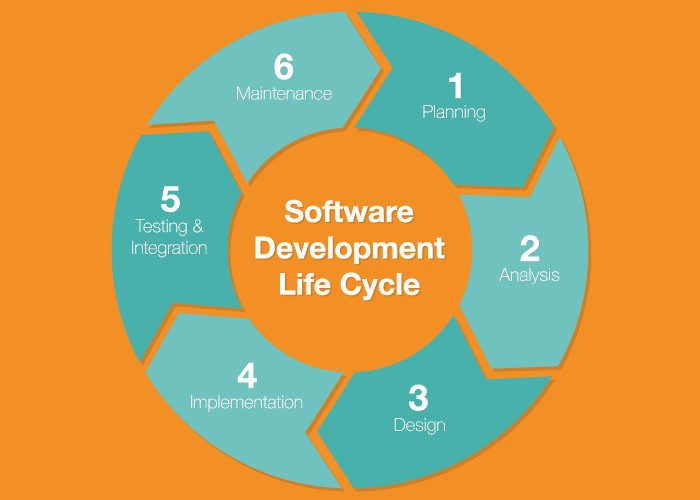 - Preliminary analysis: The objective of phase1 is to conduct a preliminary analysis, propose alternative solutions, describe costs and benefits and submit a preliminary plan with recommendations. Conduct the preliminary analysis: in this step, you need to find out the organization's objectives and the nature and scope of the problem under study. Even if a problem refers only to a small segment of the organization itself then you need to find out what the objectives of the organization itself are. Then you need to see how the problem being studied fits in with them. Propose alternative solutions: In digging into the organization's objectives and specific problems, you may have already covered some solutions. Alternate proposals may come from interviewing employees, clients , suppliers, and/or consultants. You can also study what competitors are doing. With this data, you will have three choices: leave the system as is, improve it, or develop a new system. Describe the costs and benefits. Systems analysis, requirements definition: Defines project goals into defined functions and operation of the intended application. Analyzes end-user information needs.
- Preliminary analysis: The objective of phase1 is to conduct a preliminary analysis, propose alternative solutions, describe costs and benefits and submit a preliminary plan with recommendations. Conduct the preliminary analysis: in this step, you need to find out the organization's objectives and the nature and scope of the problem under study. Even if a problem refers only to a small segment of the organization itself then you need to find out what the objectives of the organization itself are. Then you need to see how the problem being studied fits in with them. Propose alternative solutions: In digging into the organization's objectives and specific problems, you may have already covered some solutions. Alternate proposals may come from interviewing employees, clients , suppliers, and/or consultants. You can also study what competitors are doing. With this data, you will have three choices: leave the system as is, improve it, or develop a new system. Describe the costs and benefits. Systems analysis, requirements definition: Defines project goals into defined functions and operation of the intended application. Analyzes end-user information needs.
- Systems design: Describes desired features and operations in detail, including screen layouts, business rules, process diagrams, pseudocode and other documentation.
- Development: The real code is written here.
- Integration and testing: Brings all the pieces together into a special testing environment, then checks for errors, bugs and interoperability.
- Acceptance, installation, deployment: The final stage of initial development, where the software is put into production and runs actual business.
- Maintenance: What happens during the rest of the software's life: changes, correction, additions, moves to a different computing platform and more. This is often the longest of the stages.
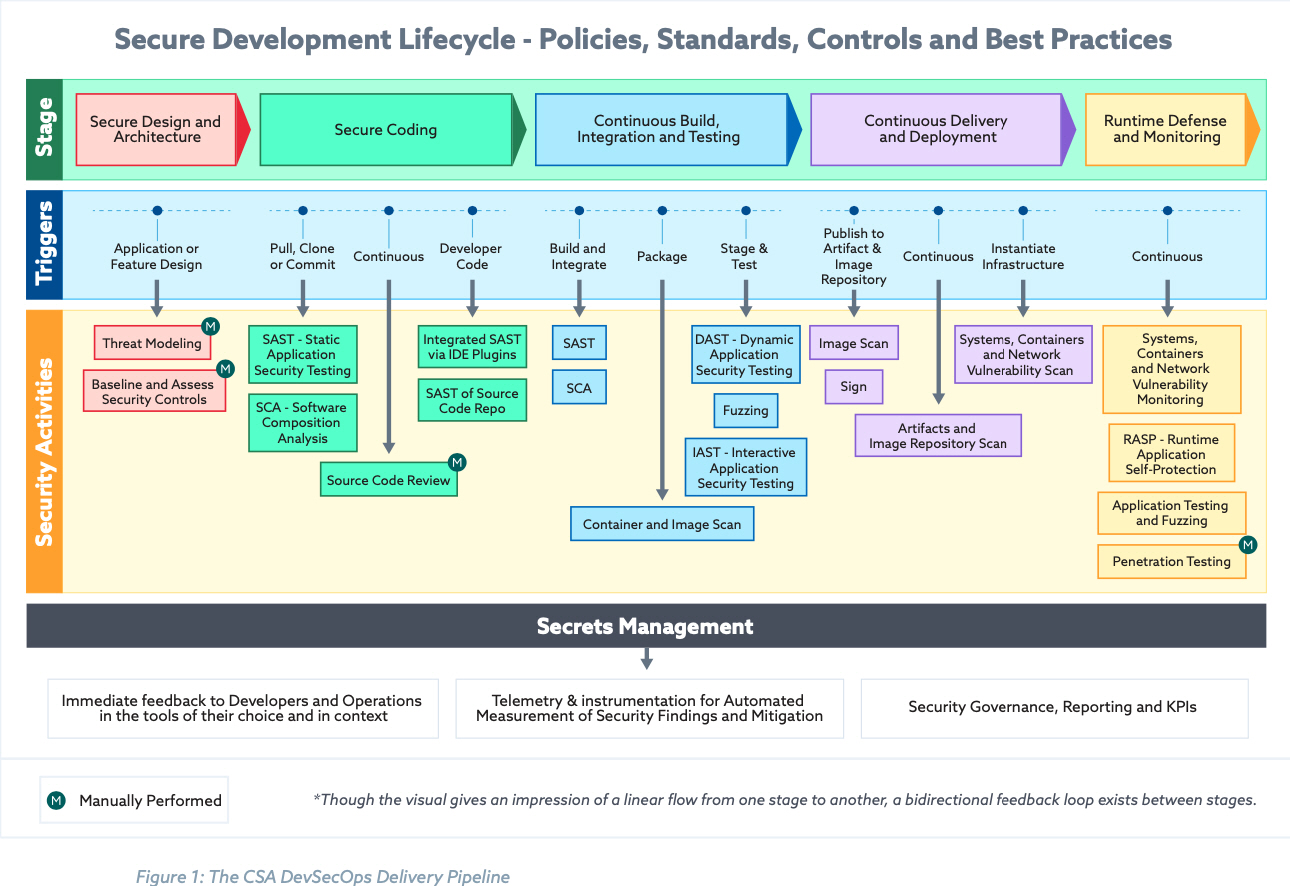
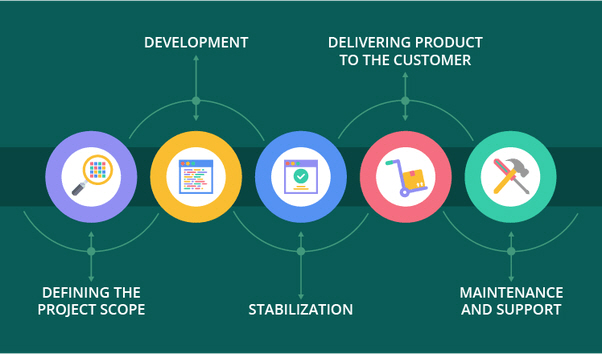

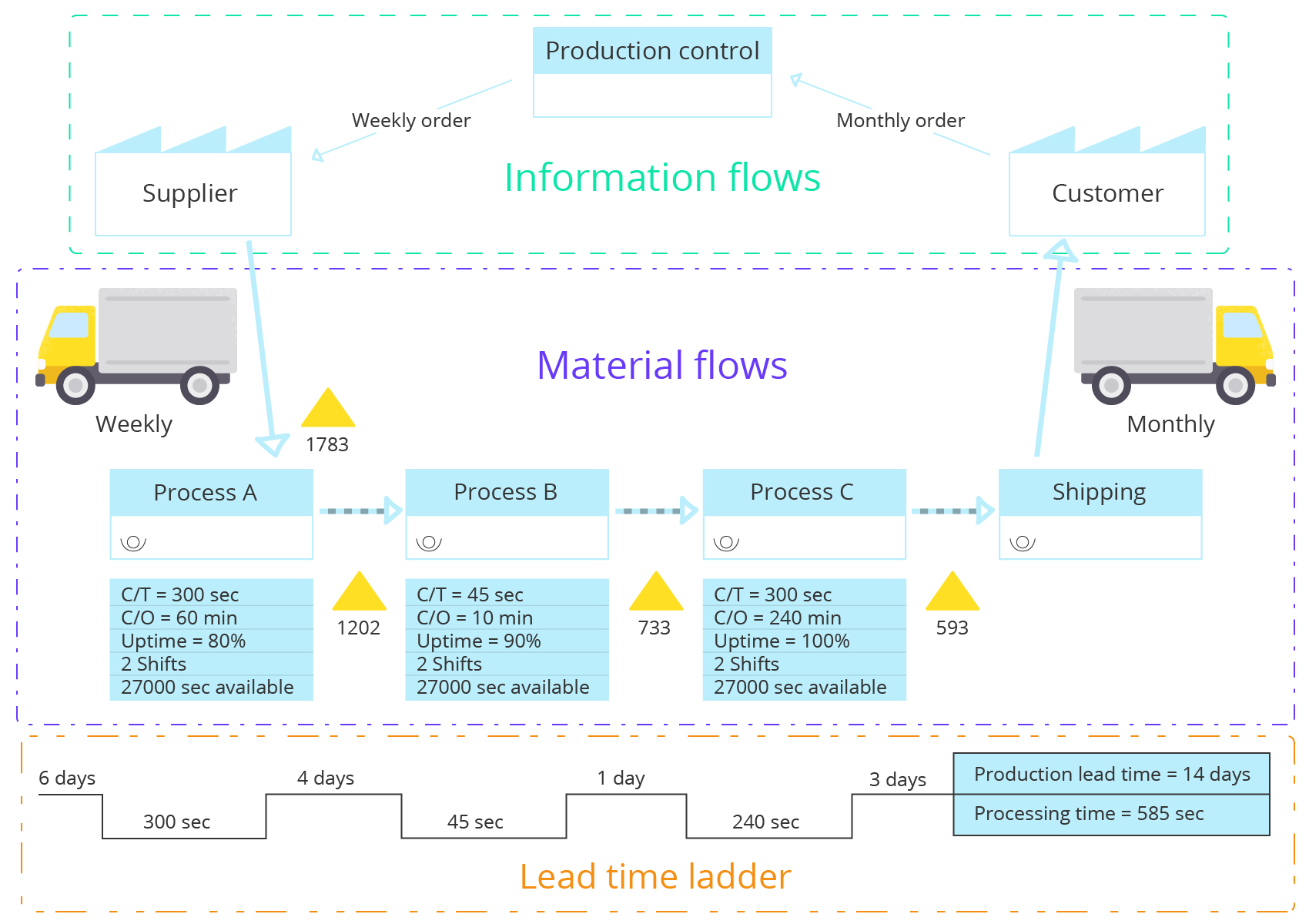
A storyboard is a graphic organizer that provides the viewer with a high-level view of a project.
In Agile software development, a storyboard can help developers quickly get a sense of what work still needs to be completed. As long as the team keeps the storyboard up to date, anyone can see what work has been completed, who's working on what and what work is left to do. This not only provides the product owner with transparency, it also helps the team to visualize the sequence and interconnectedness of user stories. Storyboards can be physical or digital.
Storyboards originated in the motion picture industry to help directors and cinematographers visual a film's scenes in sequence. Such storyboards resemble cartoon strips. In Agile development, however, a storyboard looks less like a cartoon panel and more like a series of columns filled with colored squares of paper. Typically, the columns are laid out on large format paper, a whiteboard or a bulletin board. Each column represents a status and user stories are dragged to a new column when the status of the user story changes.
In Scrum software development, the storyboard may be called a task board.
